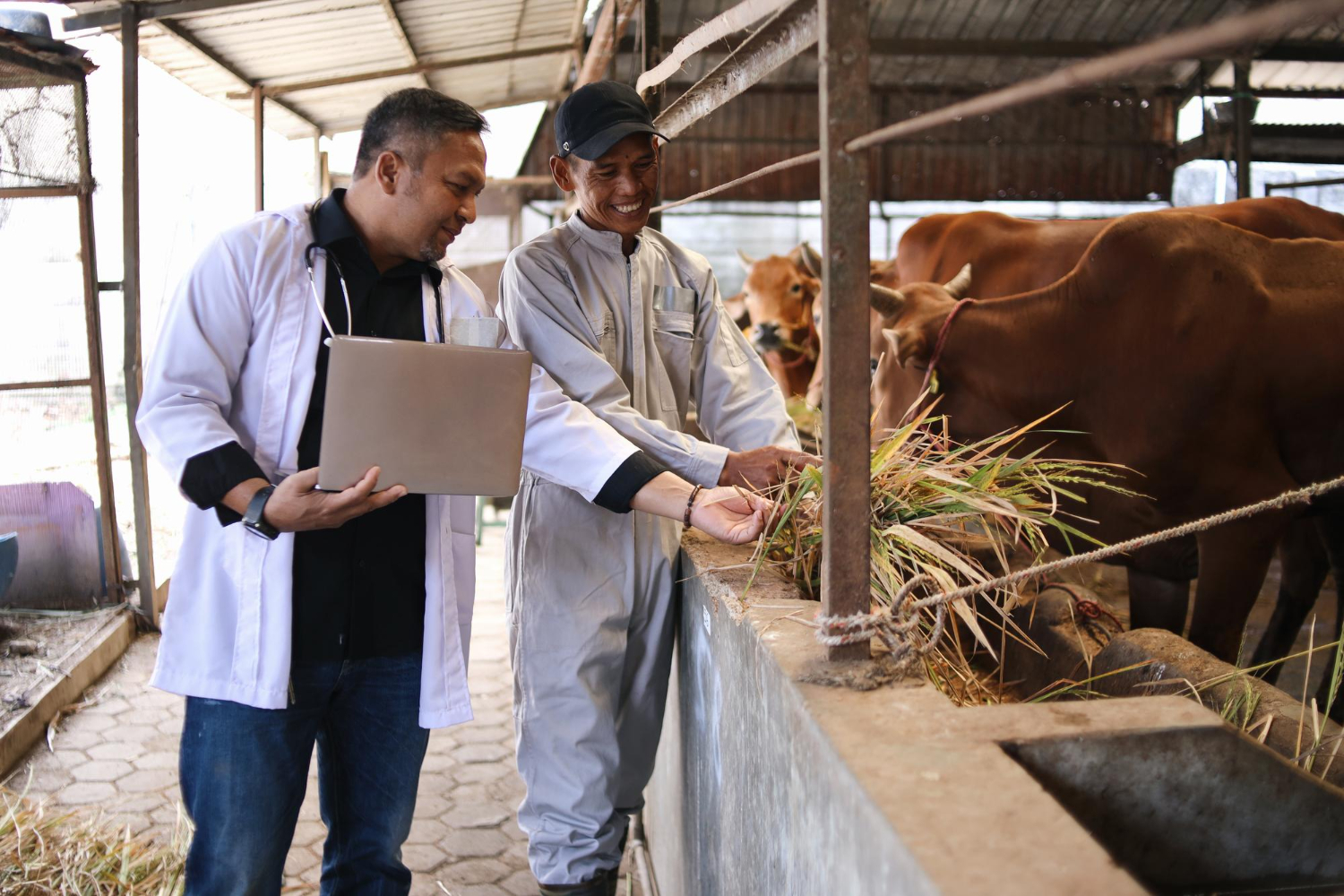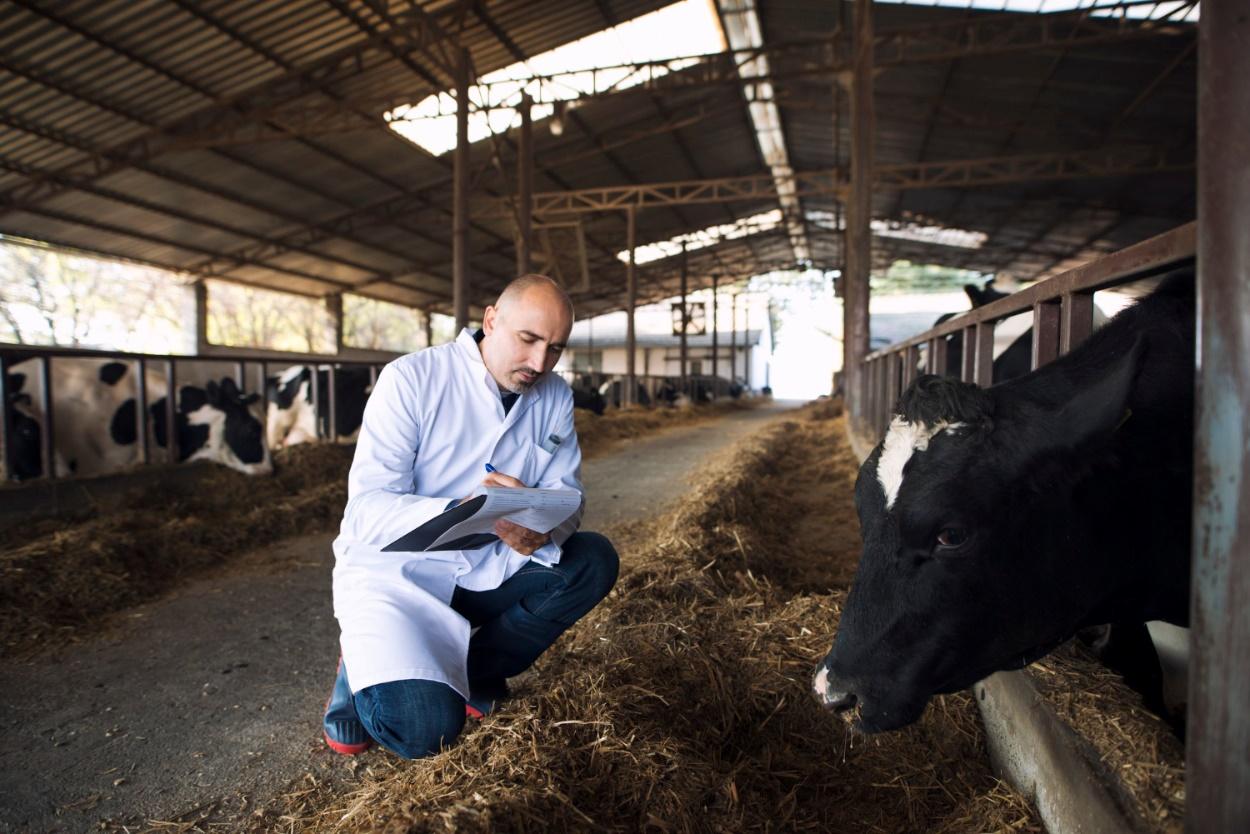Introduction
Many dairy farmers focus on feeding and milking, but forget one crucial element that is crucial to long-term success: record-keeping. Without proper record-keeping, farm management is based on guesswork, not data.
What Is Recording in Animal Husbandry?

Recording is the activity of recording various important information about each individual cow and its daily activities on the farm. Some common items recorded include:
- Reproductive data (AI date, estrus, pregnancy, birth)
- Daily milk production
- Health and treatment history
- Feed data and feed costs
- Calf growth and weight
- Vaccination and deworming history
Why Is Recording Important? Here's Why:
1. Facilitates Early Problem Detection
By recording daily milk production, we can identify a sudden drop in a cow's production. This could be a sign of stress, illness, or a feed problem—and can be addressed immediately.
2. Increasing Reproductive Success
Without recording estrus and insemination, the optimal time for AI can be missed. With accurate data, we can ensure more precise insemination timing and monitor pregnancy success.
3. Manajemen Pakan Lebih Efisien
By recording feed intake and milk yield, we can evaluate feed efficiency and calculate the Feed Conversion Ratio (FCR). This is essential for adjusting feed formulations to avoid waste.
4. Tracing Health History
When a cow is sick, it's important to know its medical history—previous medications, response to treatment, and even vaccination history. This helps veterinarians make more informed decisions.
5. Supporting Genetic Selection
Milk production and reproductive performance data from previous generations can be used as a basis for selecting superior stock. This way, the quality of livestock on the farm continues to improve year after year.
6. Improving the Professionalism of Animal Husbandry
Farms with good record-keeping systems are more trusted by business partners, dairy cooperatives, and financial institutions. This demonstrates that the farm is managed scientifically and transparently.
Examples of Recording Tools or Systems
- Manual recording book (Excel/printed format)
- Livestock applications such as iSIKHNAS, Medion Farm App, Sire+, or ERP software
- Automatic sensors that directly send data to a digital dashboard (IoT-based)
Conclusion
Recording isn't just about recording, but about transforming data into better decisions. With consistent and accurate recording, a dairy farm will be easier to develop, more efficient, and better prepared to face challenges.
Tips for Starting Recording:
- Start simple: birth data, AI, and daily milk intake.
- Use a recording format that's easy to access and understand.
- Train employees to record consistently.
- Evaluate data at least once a week.


